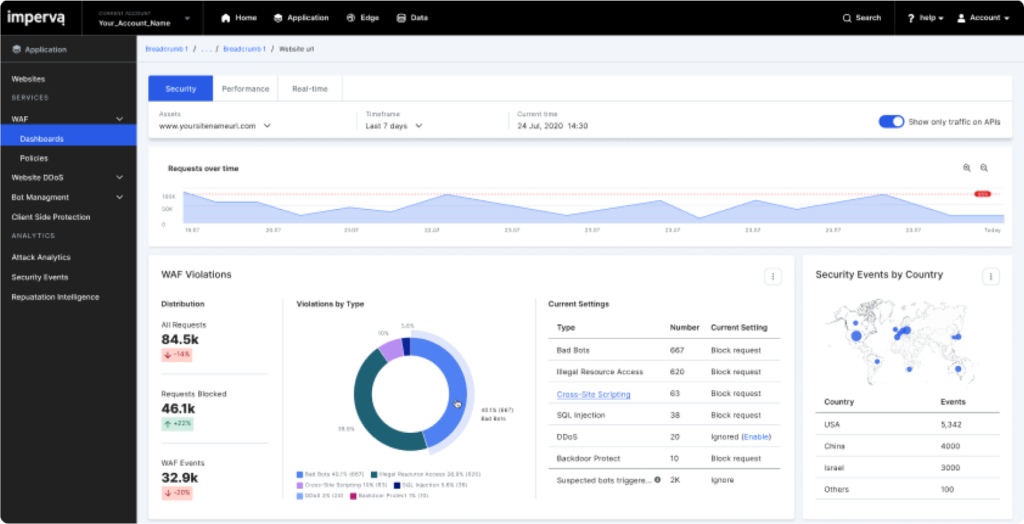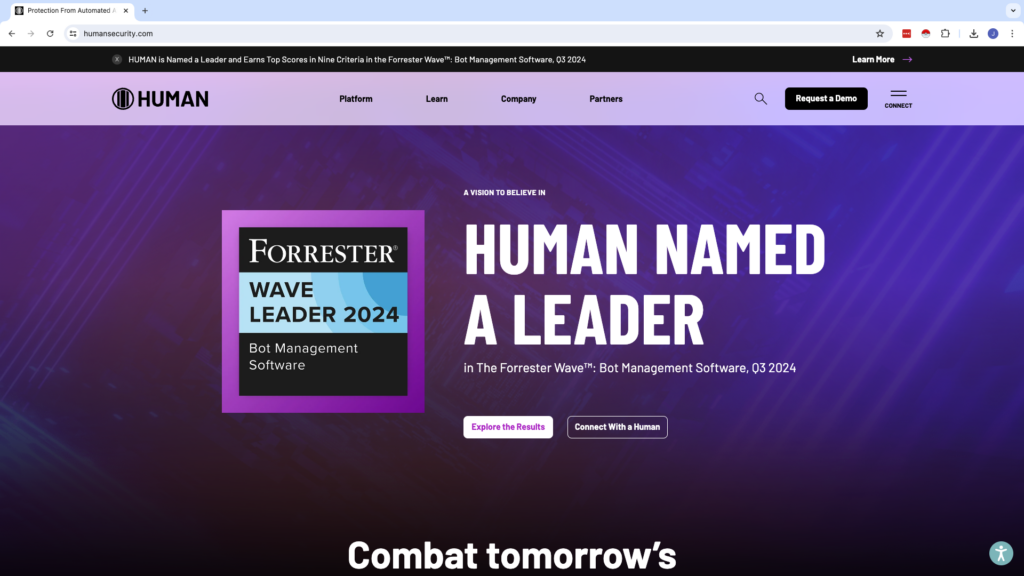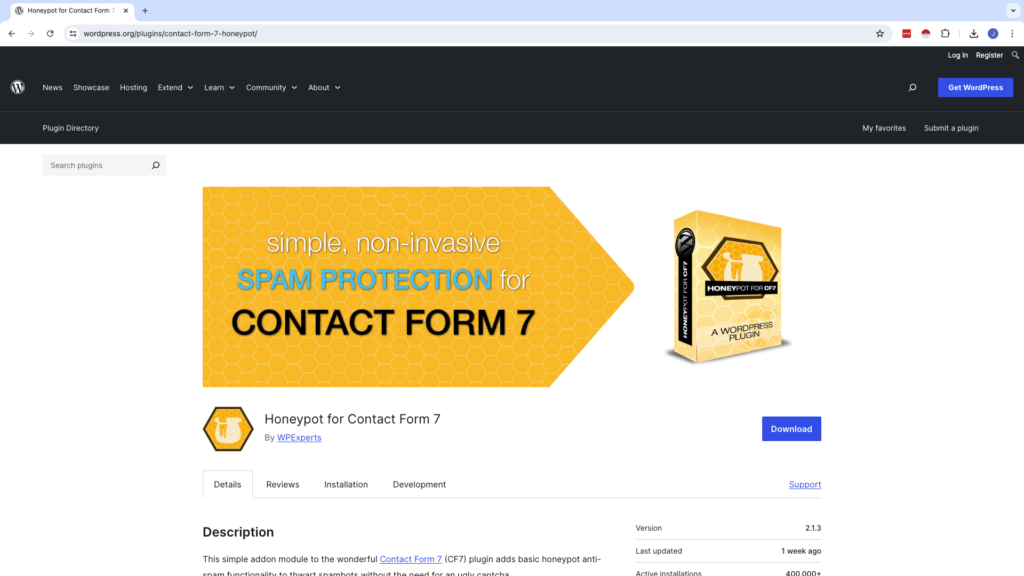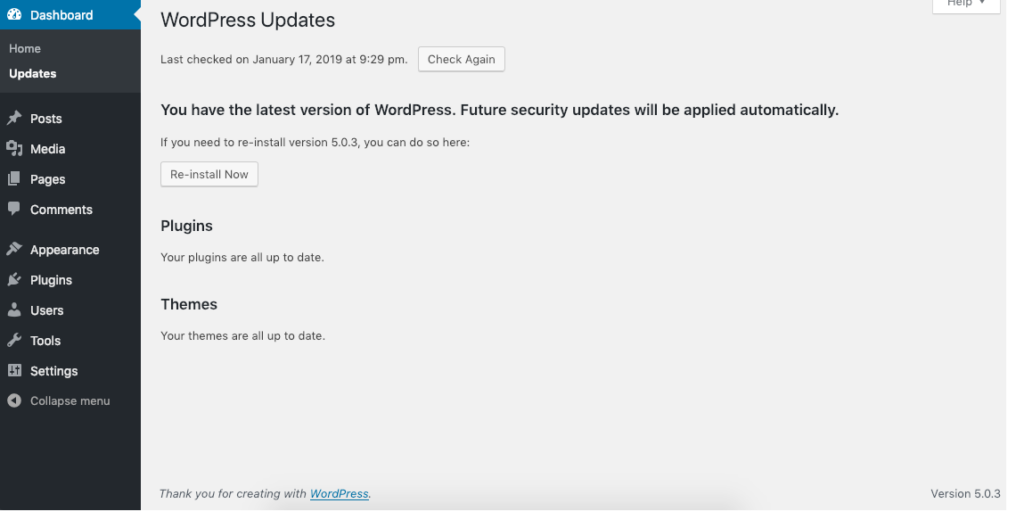
How disappointed are you when you think you received a lead or a surge in traffic, only to have it discovered to be those pesky bots?
This disappointment underscores the critical importance of data integrity for accurate insights and effective decision-making in your digital marketing efforts. Yet, one of the most significant threats to this integrity is bot traffic. Bots can skew your analytics and compromise the security of your website. To maintain clean and reliable data, it’s essential to proactively combat bot traffic. Let’s explore some key strategies to defend your data integrity and ensure the accuracy of your marketing efforts.
1. Implement Bot Detection Tools
The first line of defense against bot traffic is to deploy advanced bot detection tools. These tools use sophisticated algorithms to distinguish between human and bot traffic, ensuring that only legitimate data is captured in your analytics. They analyze behavior patterns such as mouse movements, keystroke dynamics, and browsing behavior to identify anomalies that indicate bot activity. Solutions like Imperva and Cloudflare offer robust protection by continuously monitoring traffic, identifying suspicious behavior, and blocking malicious bots in real time.

Imperva helps protect your data by detecting and blocking malicious bot traffic in real time, ensuring accurate analytics and secure operations.
2. Use CAPTCHA and reCAPTCHA
CAPTCHA (Completely Automated Public Turing test to tell Computers and Humans Apart) and reCAPTCHA are widely used methods to prevent bots from accessing your site. Originally, CAPTCHA required users to type out distorted letters or select specific images, tasks that were simple for humans but challenging for bots. As technology evolved, reCAPTCHA emerged, simplifying the process to a single click of a checkbox with the “I am not a robot” challenge.

Remember this verification interface of reCAPTCHA back in the days?

The common reCAPTCHA verification popup you might see these days, if you see one at all.
Today, reCAPTCHA has become even more advanced, often working automatically in the background to differentiate between human and bot traffic without requiring user interaction. These tools effectively filter out automated traffic by analyzing user behavior and interactions. Integrating CAPTCHA or reCAPTCHA on your login, registration, and contact forms adds an extra layer of security and helps maintain the integrity of your data.

3. Monitor Traffic Patterns
Regularly monitoring your website’s traffic patterns can help identify and mitigate bot traffic. Look for unusual spikes in traffic, high bounce rates, and low engagement metrics, as these can be indicators of bot activity. Use analytics tools like Google Analytics and specialized bot detection platforms such as DataDome, BotGuard, and Human to gain insights into your traffic sources and behavior. By keeping a close eye on your metrics, you can quickly detect and respond to any anomalies.

Human, recognized as the Forrester Wave Leader 2024, excels in bot management software
4. Honeypot Technique
The honeypot technique involves creating hidden fields in your forms that are invisible to human users but can be filled out by bots. When a bot completes these hidden fields, it signals its presence, allowing you to block the suspicious activity. This method is an effective and unobtrusive way to trap and filter out bot traffic without affecting the user experience. There are plenty of add-ons and plugins available depending on your content management platform, but below is a good example if you currently use a WordPress site.

5. Regularly Update Security Measures
Bot creators continually evolve their techniques, so it’s essential to keep your security measures up to date. Regularly update your software, plugins, and security protocols to protect against the latest threats. Implementing strong firewalls, using secure hosting providers, and conducting routine security audits can help safeguard your website from bot traffic and other malicious activities.

Regularly updating your CMS, like WordPress, is crucial for security and can help with the fight against bot traffic.
6. Leverage Machine Learning
Machine learning algorithms can analyze vast amounts of data to detect and respond to bot traffic in real time. By leveraging AI-powered solutions, you can identify patterns and predict potential threats with greater accuracy. Tools like Darktrace and Kasada can automatically adapt to new bot behaviors, providing continuous protection.
7. Collaborate with Security Experts
Sometimes, the best approach is to enlist the help of professionals. Collaborating with cybersecurity experts can provide you with tailored solutions and strategies to combat bot traffic effectively. These experts can conduct comprehensive assessments of your website’s vulnerabilities, implement advanced security measures, and provide ongoing monitoring and support.
Embrace the Journey of Data Integrity
Protecting your website from bot traffic is an ongoing journey that requires vigilance, adaptability, and a proactive approach. By implementing these strategies, you can defend your data integrity, ensure accurate analytics, and make informed decisions that drive your marketing success. Remember, combating bot traffic is not a one-time task but a continuous effort to maintain the reliability of your data.
Want to learn more about data integrity and how to protect your website? Follow us or contact us at Project 3 Consulting. Our team of experts is ready to help you safeguard your data and optimize your digital marketing efforts.




